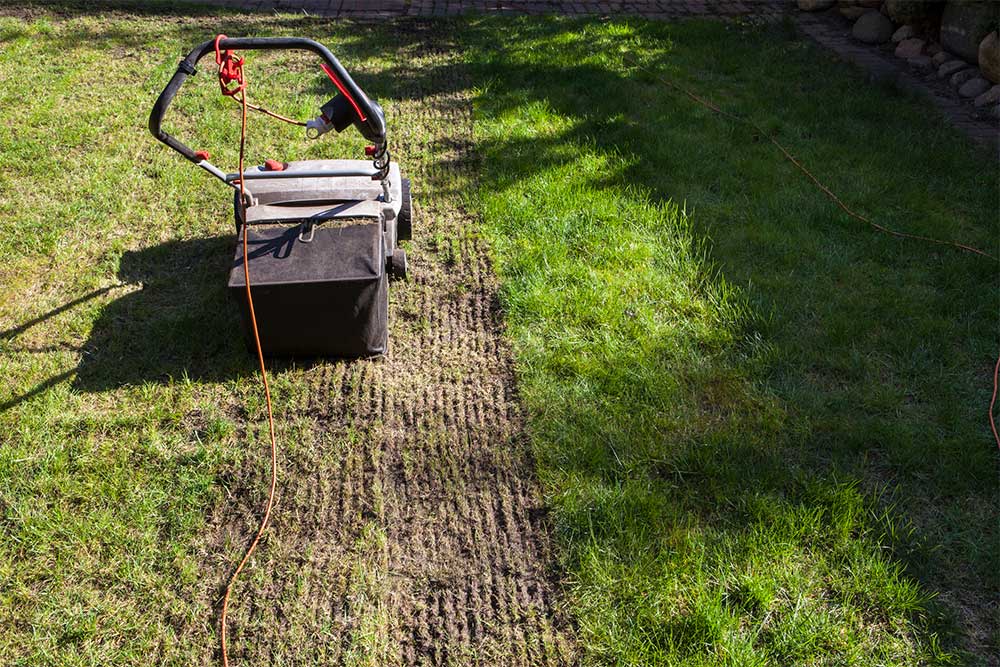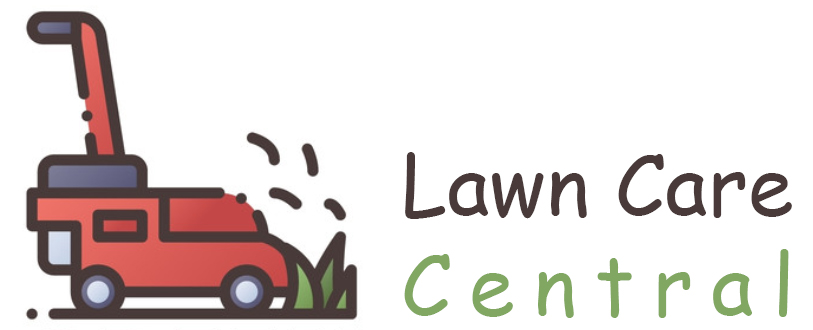If you’ve been wondering can you dethatch a wet lawn, the answer is yes! In fact, it’s best to dethatch your lawn when it’s wet. Dethatching is the process of removing thatch, or the layer of dead grass and stems that builds up on the surface of your lawn. If left untreated, thatch can cause problems for your lawn such as decreased water absorption, increased weed growth, and poor drainage. So, if you’re dealing with a soggy lawn, don’t wait any longer – dethatch now!

How to Dethatch Your Lawn
Lawns are a beautiful addition to any home, and they can provide a great place to play, relax, and entertain. However, over time, lawns can become compacted and covered in thatch, making them difficult to maintain. Thatch is a layer of dead grass, roots, and other debris that accumulates on the soil surface. If left unchecked, thatch can become so thick that it prevents water and nutrients from reaching the grass roots. As a result, the grass will become weak and unhealthy.
Fortunately, dethatching is a relatively simple process that can be done with a little elbow grease and the right tools. The first step to having a great looking lawn is to mow it as short as you can. This will help to prevent damage to the grass during the dethatching process. Next, use a rake or garden hoe to loosen the thatch layer and break it up into smaller pieces. Once the thatch has been loosened, you can remove it from the lawn using a hand trowel or power rake. Finally, aerate your lawn to improve drainage and give the roots of your grass room to grow. By following these steps, you can keep your lawn healthy and free of thatch build-up.
Can you dethatch with moist grass?
Yes, and it is not suggested. Dethatching is the process of removing dead grass and debris from the lawn, and it can be done with either a manual or power rake. If the grass is too wet, however, the blades of the rake can tear the live grass, causing damage. It is best to wait for a day when the grass is dry before beginning the dethatching process.
Should I dethatch before or after rain?
This is a common question among gardeners, as rain can impact the dethatching process. If rain is in the forecast, it is generally best to wait until after the rain has passed to dethatch. Dethatching too close to a rainstorm can damage the blades of the dethatches and make it difficult to remove all of the thatch. In addition, wet thatch is heavier and more difficult to remove from the lawn. However, if you do need to dethatch before a rainstorm, be sure to rake up any thatch that is removed so that it doesn’t get washed away by the rain.
Can I use a power rake on wet grass?
No, you cannot use a power rake on wet grass. Wet grass can clog the power rake and damage the blades. Additionally, power raking wet grass can compact the soil, making it more difficult for the grass to grow. If you need to rake your lawn, wait until the grass is dry or use a manual rake instead.
What is the optimum moment to start dethatching a lawn?
A lawn can quickly become overcrowded with grass, weeds, and other debris. Dethatching is a process of removing this buildup, which can improve the health and appearance of your lawn. However, timing is important when dethatching, as it is possible to damage the grass if you do it at the wrong time. The best time to dethatch is generally in the fall, after the growing season has ended. This gives the grass time to recover from the stress of dethatching before it has to start growing again in the spring. Of course, every lawn is different, so be sure to check with a local lawn care expert before dethatching your own lawn.
Is it safe to dethatch your lawn when it’s wet outside?
Many people ask this question, and the answer is not as simple as a yes or no. If you have a very heavy thatch layer, it is best to dethatch when the lawn is dry so you can reduce compaction. If your thatch layer is light, you may be able to dethatch when the lawn is wet but be sure to go over the area lightly, so you don’t cause any damage. We typically recommend checking with your local lawn care professional to get their opinion on whether it is safe to dethatch your wet lawn.
Also Read: Can You Be Fined for Not Mowing Your Lawn?
Does overwatering cause thatch?
While it’s important to keep your lawn properly hydrated, overwatering can actually lead to the development of thatch. Thatch is a layer of dead grass, roots, and other organic matter that builds up between the green blades of grass and the soil surface. While a small amount of thatch is actually beneficial, as it helps protect the roots and provides insulation, too much thatch can cause problems.
Over time, thatch can become compacted, leading to drainage issues and promoting the growth of weeds. It can also provide a habitat for pests and diseases. To avoid these problems, be sure to water your lawn only as necessary. Let the grass blades be your guide – if they’re wilting or turning brown, it’s time to water.
Will dethatching help with water drainage?
Dethatching is the process of removing dead grass and other debris from the lawn. This can help to improve water drainage by allowing rainwater to penetrate the soil more easily. In addition, dethatching can also help to reduce thatch build-up, which can contribute to drainage problems. Although dethatching is often considered an important part of lawn care, it is important to note that it can also be detrimental to the health of the grass. Over-dethatching can damage the roots and cause the grass to become stressed. As a result, it is important to consult with a lawn care professional before undertaking any dethatching project.
